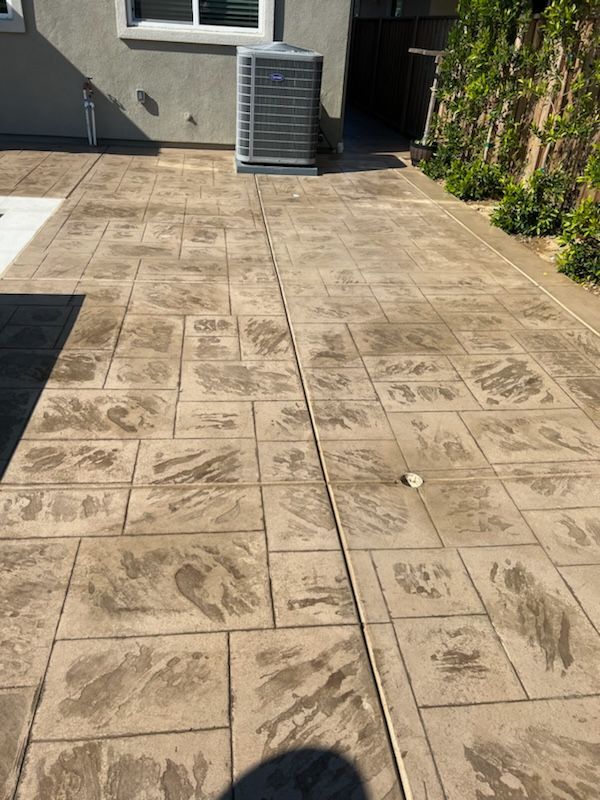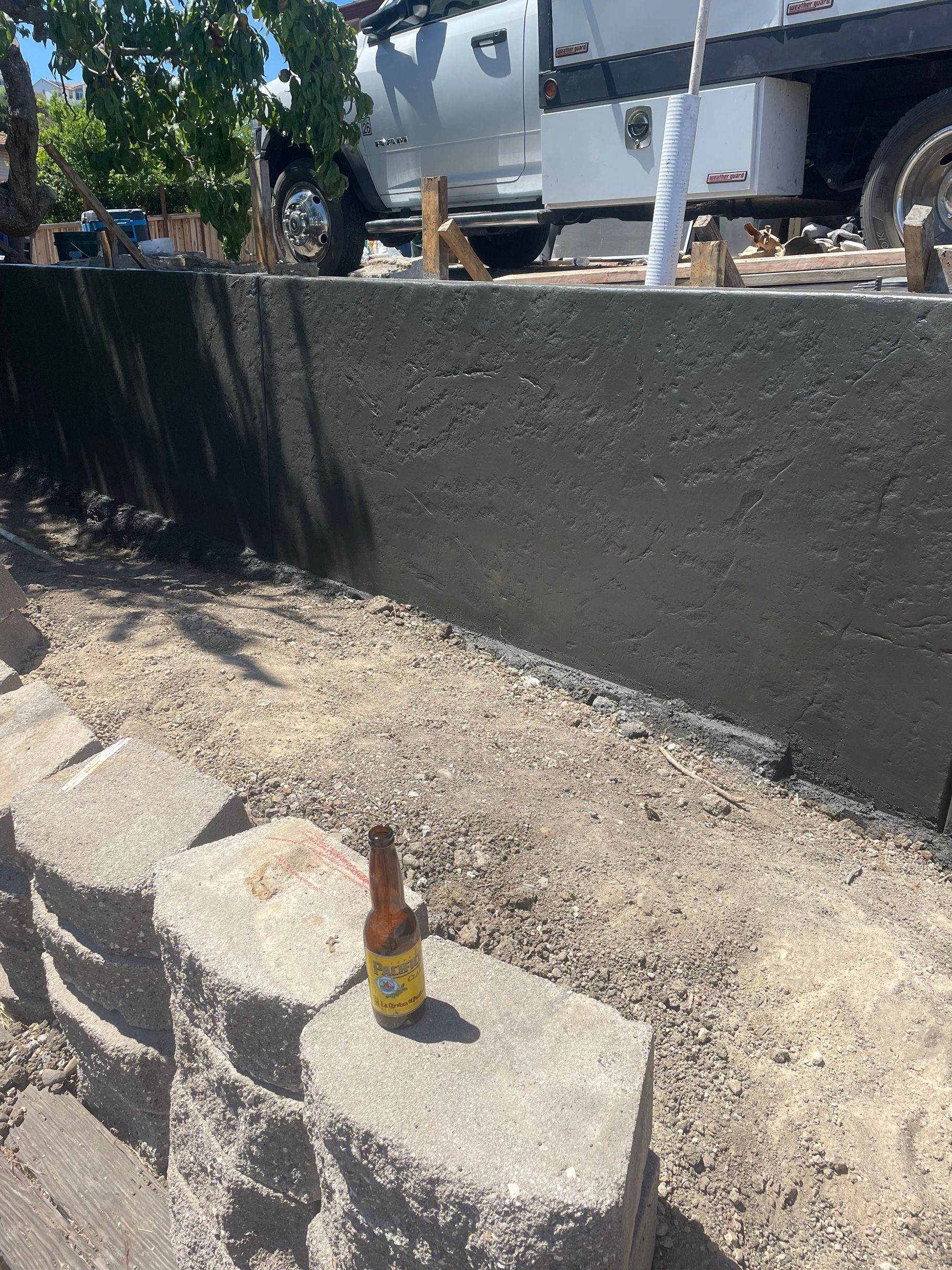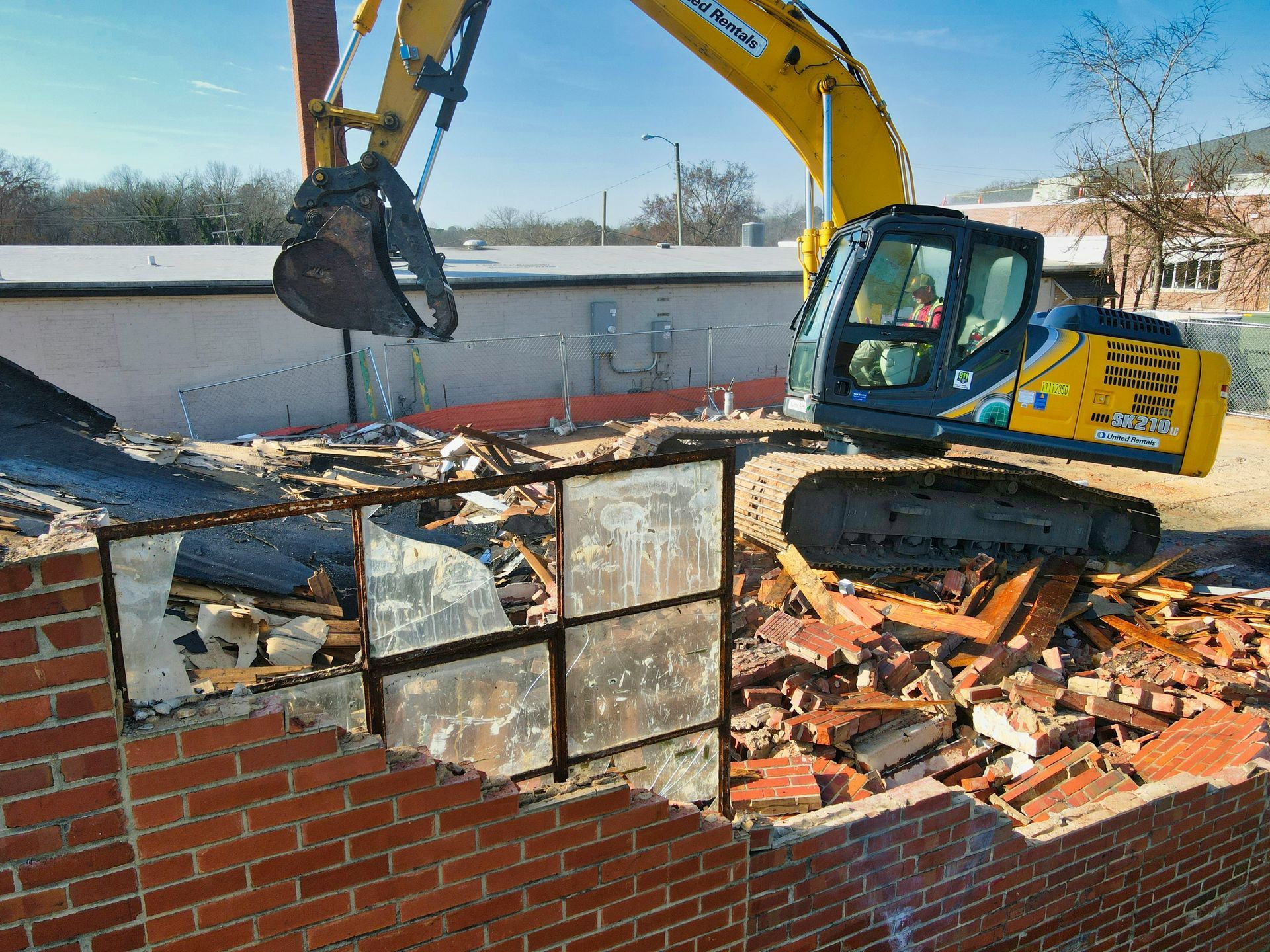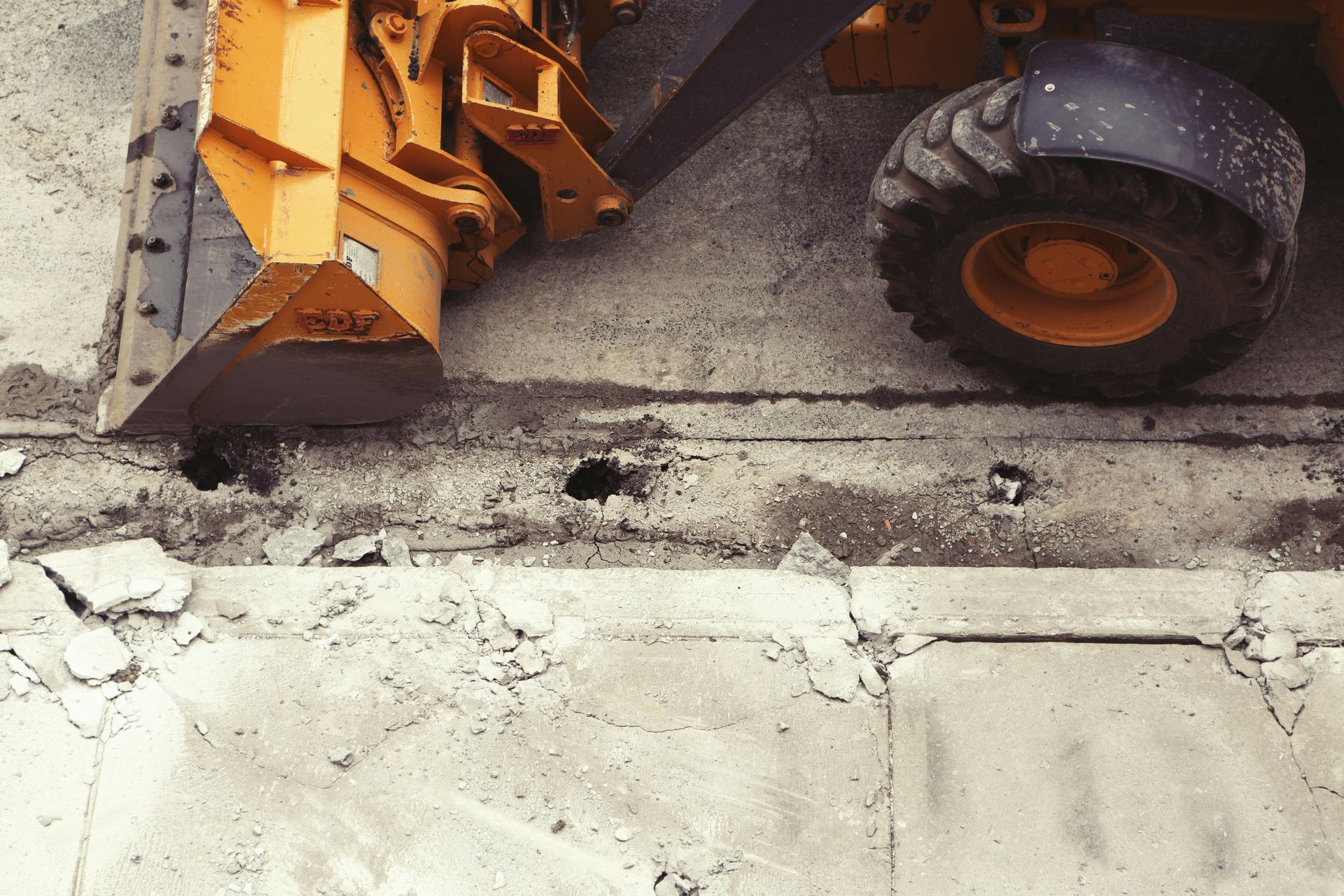Bay Area Concrete Cracking: Causes, Prevention, and Repair Solutions
Living in the Bay Area means enjoying stunning views and vibrant communities, but it also means dealing with unique challenges for property owners, including the frustrating issue of concrete cracking. Whether it's your driveway developing spiderweb patterns, your patio forming fissures, or your walkway starting to split, concrete cracks can be both an eyesore and a safety concern.
We've seen it all across our concrete, demolition, and synthetic turf projects at Elite Development Builders. After years of helping homeowners throughout the Bay Area, we've compiled this guide to help you understand why concrete cracks in our region and what you can do about it.
Why Bay Area Concrete Is Particularly Vulnerable
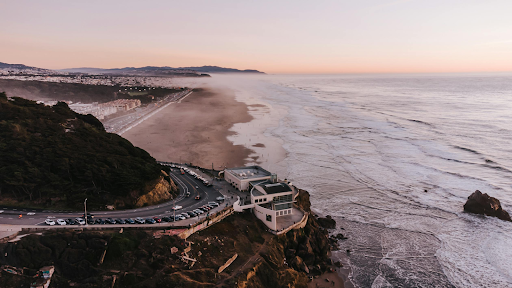
The Bay Area's beautiful but complex environment creates the perfect storm for concrete challenges. Our distinctive blend of foggy mornings and sunny afternoons causes repeated expansion and contraction that stresses concrete surfaces. Add our seasonal shifts from bone-dry summers to drenching winter rains, and your concrete is constantly being tested.
But it's not just what's happening above ground that matters. The Bay Area sits on a geological patchwork—from expansive clay soils in the East Bay to sandy compositions near the coast. This diverse underground reality means that what works for
concrete in San Francisco might fail in San Jose.
Most critically, we can't ignore our seismic reality. Even minor tremors can create hairline cracks that, if left untreated, invite moisture and lead to more significant damage over time.
Common Types of Concrete Cracks We See in the Bay Area
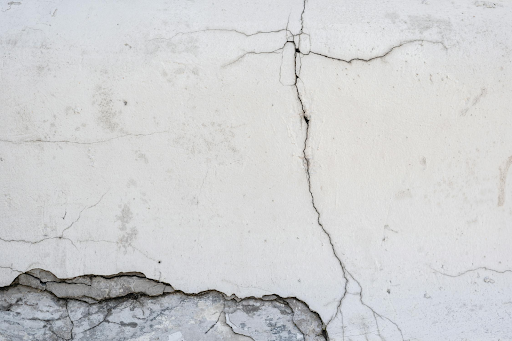
Not all cracks are created equal. Through our work across hundreds of Bay Area properties, we've identified several patterns:
Shrinkage Cracks: These typically appear within the first year after installation and often result from improper curing techniques or mix ratios that weren't adjusted for our local climate. They're usually shallow but can become problematic when water penetrates.
Settlement Cracks: Often appearing as diagonal cracks from corners, these suggest the ground beneath is shifting—a common issue in hillside
Bay Area properties or areas with poorly compacted fill soil.
Heaving Cracks: These occur when something forces the concrete upward, often tree roots or expanding soil during our wet seasons. We frequently see these in older Bay Area neighborhoods with mature landscaping.
Crazing Cracks: These fine, network-like surface cracks don't typically affect structural integrity but can be unsightly on decorative concrete.
Prevention: The Elite Development Approach
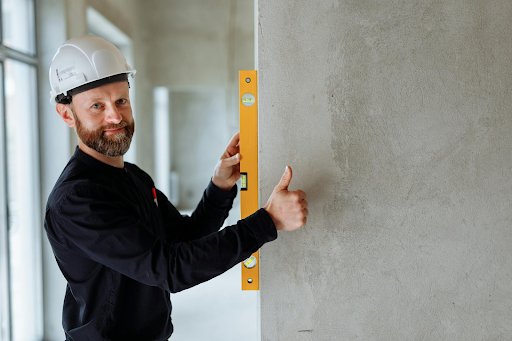
When we install new concrete at Elite Development Builders, we take several Bay Area-specific precautions and adhere to the following process:
- Site-Specific Preparation: We evaluate the soil composition at each unique property, sometimes recommending soil amendments or enhanced drainage solutions before pouring.
- Custom Mix Designs: We adjust our concrete formulations based on your property's microclimate, using different proportions for foggy San Francisco versus sunny Walnut Creek.
- Strategic Reinforcement: Depending on your property's conditions, we may recommend fiber-reinforced concrete or rebar patterns specifically designed to withstand Bay Area challenges.
- Proper Curing Techniques: We carefully monitor curing times and methods based on temperature, humidity, and exposure, never taking a one-size-fits-all approach.
Repair Solutions from Minor to Major
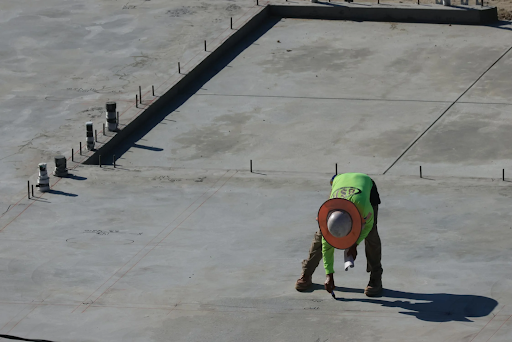
When cracks do appear, here's how we address them:
For Hairline Cracks: These may be candidates for DIY repair with specialized epoxy or sealant products. However, we always recommend a professional assessment first to ensure you're not masking a deeper issue.
For moderate cracks (1/8" to 1/4"): These typically require professional attention. Our team uses advanced polymer-modified cement products that bond thoroughly with existing concrete and accommodate the Bay Area's ongoing thermal expansion and contraction.
For Severe Cracks: When cracks exceed 1/4" or show signs of structural issues, we perform a comprehensive assessment. Sometimes, targeted
demolition and replacement of just the affected section is the most cost-effective. In other cases, we might recommend complete replacement with a design better suited to your property's specific conditions.
Beyond Concrete: Comprehensive Solutions
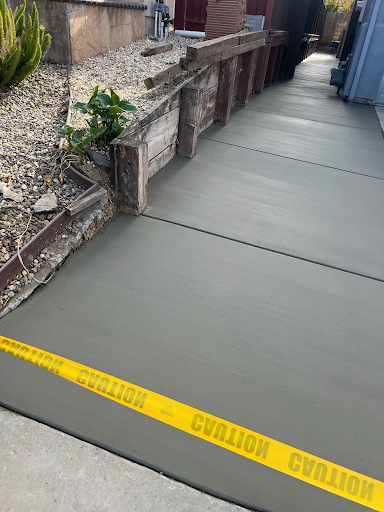
What makes Elite Development Builders different is our holistic approach. Sometimes, concrete problems are symptoms of larger issues that require the following:
- Strategic demolition of failed sections rather than patching repeatedly
- Drainage improvements to protect both the concrete and your property overall
- Alternative surfaces like synthetic turf in areas where concrete consistently fails due to root issues or poor soil conditions
Invest in Quality, Save in the Long Run
While it might be tempting to choose the lowest bid for concrete work, Bay Area property owners know that quality pays dividends. Properly installed concrete from Elite Development Builders typically lasts decades longer than budget installations, with far fewer repair needs along the way.
Ready for Crack-Free Concrete?
Don't wait until small cracks become major headaches. Elite Development Builders offers a free assessment of your concrete concerns. Our team brings specialized knowledge of Bay Area conditions to every project—whether you need repair of existing damage, replacement of failed concrete, or preventative measures for new installations.
Contact us to schedule your consultation and join the hundreds of Bay Area homeowners enjoying beautiful, durable concrete for the long haul.

